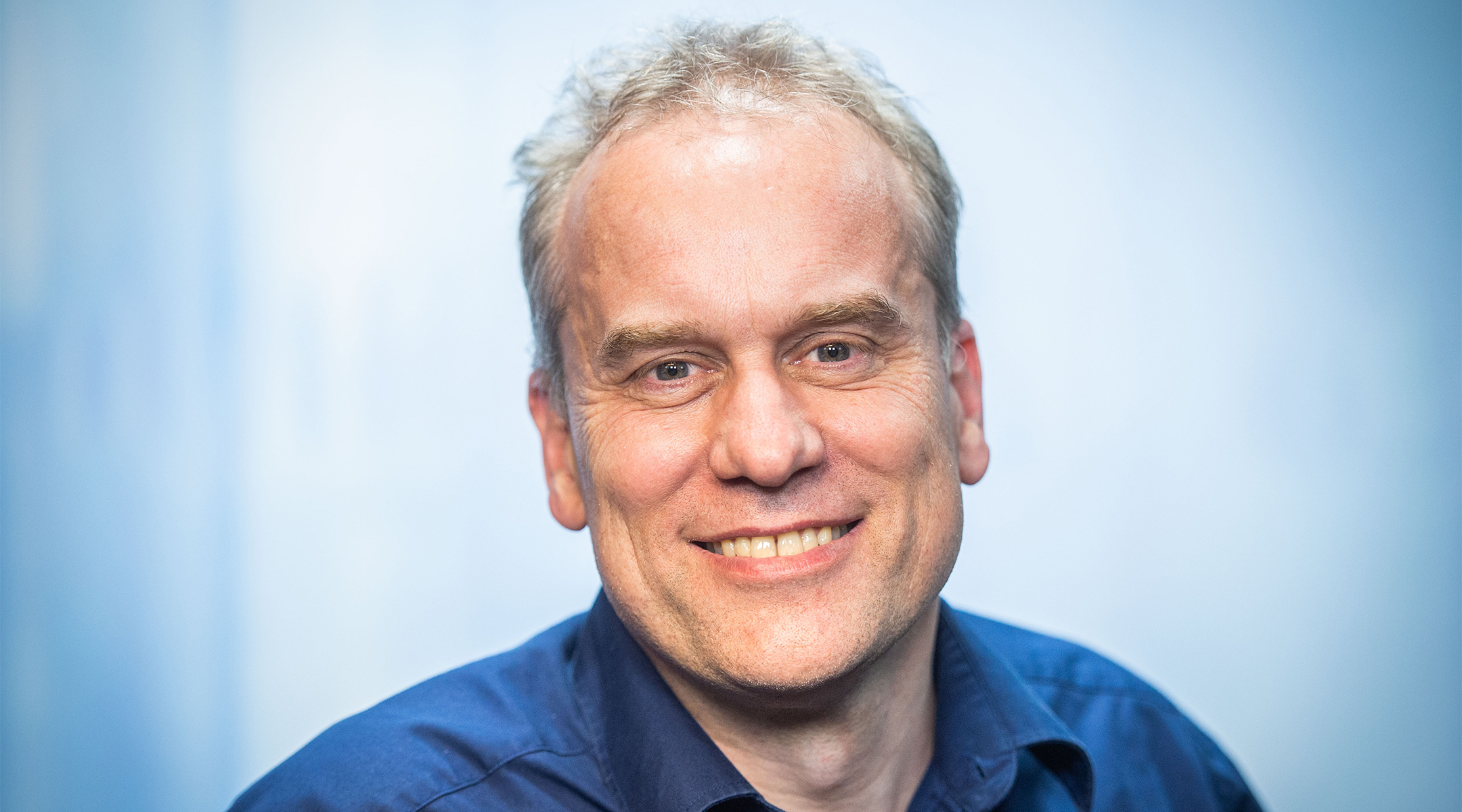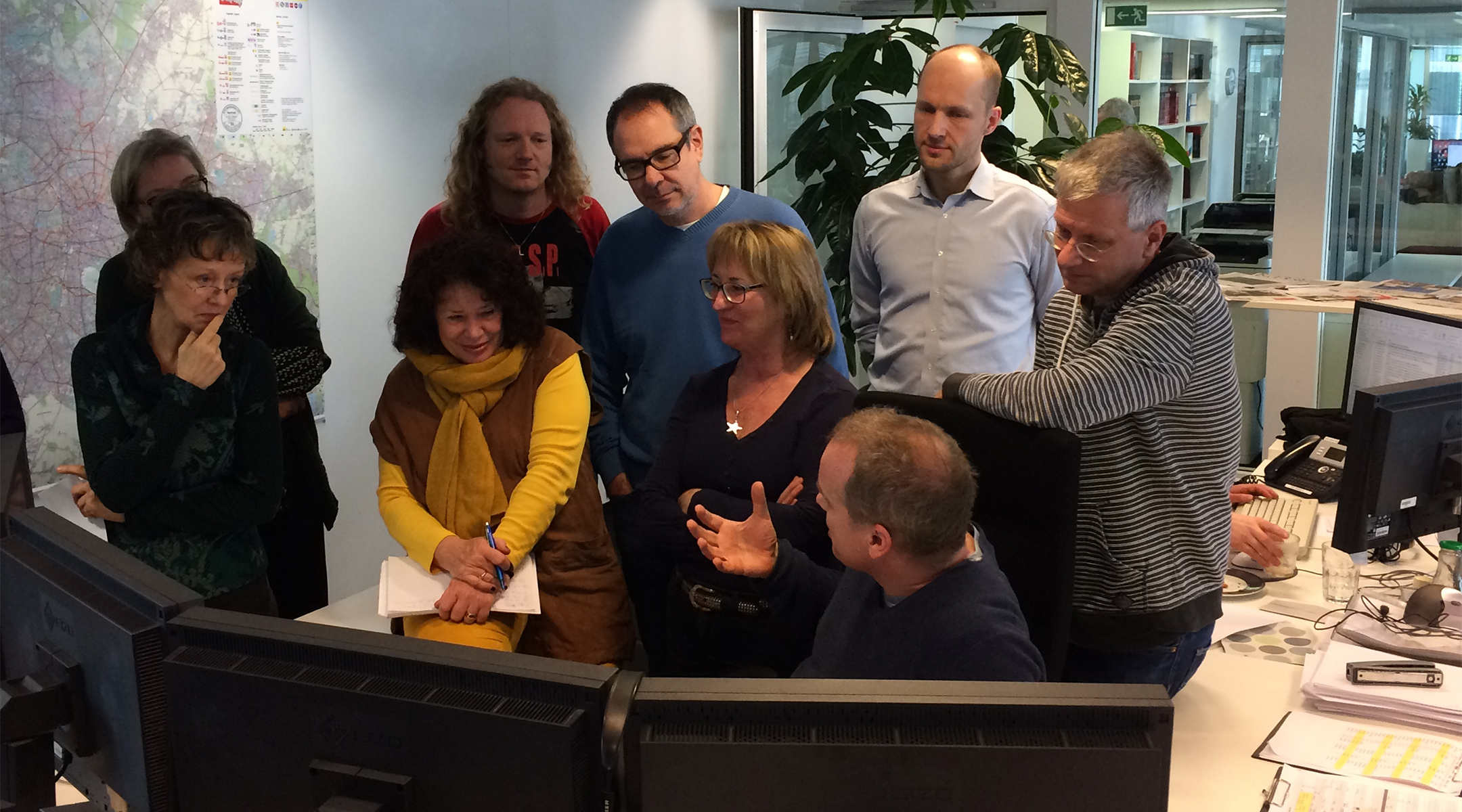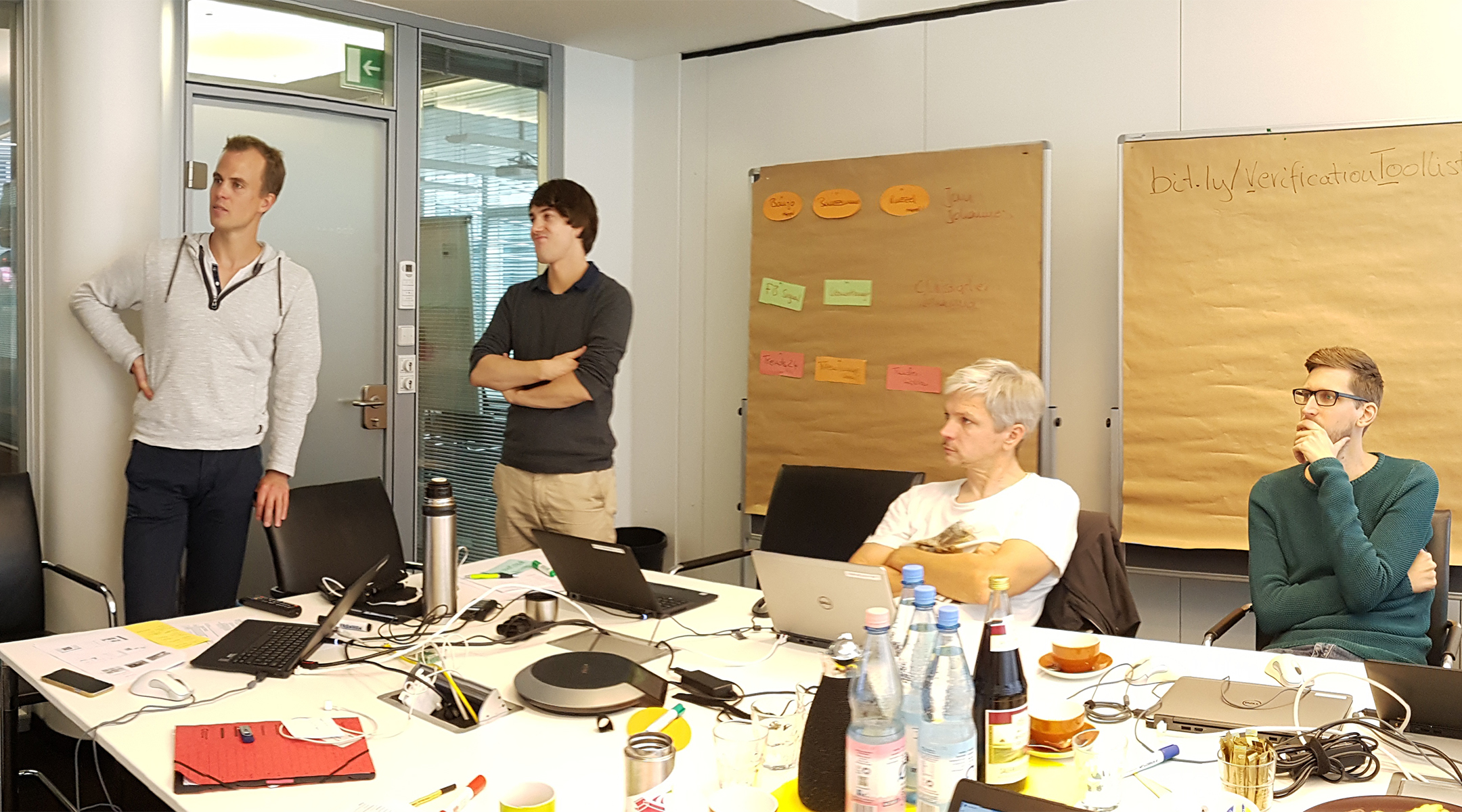In September, Ukrinform and the German Press Agency (dpa) will hold a series of news verification webinars for Ukrainian media representatives. We talked to one of the project's speakers, dpa expert Stefan Voss, about tools that can be used by news media to counter disinformation, news stories that are most often subject to verification, and when it is almost impossible to determine who the author of a photo or video is.
FALSE CLAIMS ARE SPREAD ON SOCIAL MEDIA TO UNSETTLE PEOPLE OR STIR UP THEIR ANGER
- How long has the news verification unit been operating at dpa? According to which criteria do you determine that a particular message is a fake?
- dpa wrote its first fact checks in 2013. We established our news verification unit in 2017. At dpa a fact check is always a claim or statement check. We only verify factual claims, never opinions.
We check for instance whether a photo or video shows a current event at a certain location – or whether it is actually an old recording from another place. In our daily work we observe that statistics are often misinterpreted, for example in the area of crime. In addition, we often come across invented quotations that are attributed to a specific person.
- What should be the first thing in a news story to be taken for verification?
- We mostly check statements of prominent persons such as politicians or claims spread by users in the social networks. Our fact check usually focuses on the central statement.

- What types of fake news do you find most often in the German information space? Do you see certain regional peculiarities when working with international information?
- We are reluctant to use the highly politicized and at the same time inaccurate term “fake news”. It is rather about disinformation, manipulation and errors. In the social networks we encounter above all such false claims which are spread with the aim of unsettling people or stirring up their anger. We observe this phenomenon in many European countries. Since the coronavirus pandemic has started, sometimes life-threatening advice is spread via networks such as Facebook, YouTube or Telegram.
- Can you recall one or two specific examples that have received wide response in Germany?
- It is not surprising that recently the most widespread fakes are related to the COVID-19 pandemic. One example is the claim that the US author Dean Koontz, in his thriller “The Eyes of Darkness” about 40 years ago, predicted the outbreak of Sars-CoV-2 in Wuhan, China, around 2020. This claim has been widely spread in German social media. The truth is that the novel from the Cold War era was originally about a biological weapon from a laboratory in the Soviet Union.
Another widespread example: Facebook shared photos of a disinfectant bottle that was allegedly made in 2016. The label says that the spray is effective against the coronavirus, among other things. It was then claimed that the warnings of the authorities were a lie and that there was no new pathogen. The truth: coronaviruses have been known for decades – but the currently rampant coronavirus species is new.
JOURNALISTIC AND TECHNICAL EXPERTISE EQUALLY IMPORTANT IN EXPOSING DEEP FAKES
- What set of tools is currently used in verification? How have your approaches to verification changed over time?
- At dpa, we use a large number of verification tools and techniques. These range from image reverse searches to specific geolocation tools such as shadow determination to tools for the investigation of websites.
Over the years our verification capabilities have improved significantly. Our team has grown. Meanwhile, more than 20 colleagues deal with fact checks. This is particularly important because fact-checking and verification are always teamwork. At the moment we are in the process of improving our skills in the field of digital forensics, i.e. the detection of deep fakes.

What important things should journalists and the general public know about deep fakes?
- It is frightening how videos and even audios can now be technically manipulated. But even more dramatic is the fact that these fake tools will be used by more and more people. It is not the question whether deep fakes will be used in our countries to spread false claims and to cause harm in society. That will definitely happen. The question is only when.
To expose deep fakes technically, the expertise of video technicians and developers is needed. But that is only one side of the coin. Journalistic expertise is just as important. It involves questions like this one: Is the information in a suspected deep fake video logical? It will be the task of the media to expose deep fakes. We must prepare ourselves intensively for this right now – technically and journalistically.
- Fake news stories are more skillfully disguised as facts. What challenges do you face in this regard?
- These are the classic challenges of every journalist. We check whether the factual assertion is actually correct. To do this, we take a close look at the arguments in the text to be checked. Such work can sometimes take days. For complicated questions, we consult independent experts.
- You found out that a news story is false. How is the decision on further actions made? Is it necessary to refute the story, give a separate reliable news story without mentioning the fake one, or to not give anything at all?
- That depends on the medium a journalist works for. The German Press Agency is a purely private media company that receives no financial support from the state. It is not our primary task to check the publications of other renowned media. Our journalists themselves report first-hand on all important events worldwide. We have no educational mandate and no political pre-determination. It is our task to enable people to form their own (political) opinion based on facts. That is why we publish fact checks to uncover manipulations and errors.
- Is there any difference between responding to disinformation and misinformation?
- That depends on what is meant by “disinformation” and “misinformation”. For our fact checks it does not matter whether a false assertion is disseminated knowingly or by mistake. It is not the task of the dpa fact checkers to speculate about the motives of the manipulators.
UNDERSTANDING MECHANISMS FOR VERIFICATION MORE IMPORTANT THAN OPERATING A CERTAIN TOOL
- Is your work based only on your own practice or you use the work of other media or institutions to improve your work, such as, for example, the EUvsDisinfo project?
- Our fact checks are based almost exclusively on our own research. We read many other texts on our topics. This is part of our research. But – as I said – the key points of our fact checks have to be researched by ourselves. EUvsDisinfo does not play an important role in our daily work.
- Who do you think is effective today in the fight against fakes?
- It is difficult to assess who in journalism today is effectively countering misinformation. In any case, these are independent media that use transparent fact checks to show which claims are false. Crucial for the effectiveness in the fight against disinformation are the skills of each fact check editorial team.
Verification means constant learning: techniques and tools that the team has been using for a long time might suddenly no longer work. New social networks pop up. Or the big companies stop research options overnight. That is what Facebook did a year ago when they turned off graph search options. It is not enough if fact checkers and researchers can operate a certain tool because this one tool could be switched off tomorrow. It is much more important to understand the structures of research.

ESPECIALLY DIFFICULT TO VERIFY ARE NEWS STORIES IN WHICH FACTUAL CLAIMS AND OPINIONS ARE STRONGLY MIXED
- According to a recent report by the U.S. State Department's Global Engagement Center, Russia's disinformation system consists of five main pillars: official government communications; state-funded global messaging; cultivation of proxy sources; weaponization of social media; and cyber-enabled disinformation. In your experience, what has happened to fakes and its main sources in recent years?
- In Germany, too, foreign state media deliberately disseminate false information. For our fact check work at dpa, however, it is less relevant “who” claims something. We concentrate on “what” is claimed – and refute false claims. We have to do our work as impartially as possible.
- What kind of false news stories are the most difficult to verify today?
- Especially difficult to verify are news stories in which factual claims and opinions are strongly mixed. Furthermore, it is often a technical problem to determine the origin of a photo or video. Many recordings were first shared in closed messenger services (WhatsApp, Telegram) and only later distributed via open networks like Twitter or Facebook. This makes it almost impossible to determine who the author of a photo or video is.
- Based on your observations on the spread of disinformation and technologies that help combat this, what conclusions can be drawn? Do these processes occur at the same rate? What forecast can you make for the medium term?
- It is the task of journalists to expose false claims in the social networks. Not only special fact-checking units are responsible for this. Therefore every journalist should be able to apply the basic skills of digital research and verification. A large number of fakes can still be discovered in the future with these basic techniques. It may be that at some point the deep fakes will be so “perfect” that there will be no technology to uncover them. This gives journalists all the more reason to take action. What they have to master: digital research, logical thinking, years of fact-checking experience and a great deal of perseverance. The more journalists (can) go this way, the more successful our free societies will be in the fight against disinformation.
Nataliia Kostina, Ukrinform
About dpa
The German Press Agency (dpa) was founded in 1949 and is one of the world's leading independent news agencies. dpa supplies media outlets, businesses and other organizations with editorial content, including text, photos, videos, graphics, audio and other formats. As an international agency, dpa reports in four languages: German, English, Spanish and Arabic. The company has around 1,000 journalists in more than 150 locations in Germany and abroad. Its shareholders are 177 German media companies. Staff work according to the principles outlined in the dpa statute: independently from ideologies, businesses and governments.
